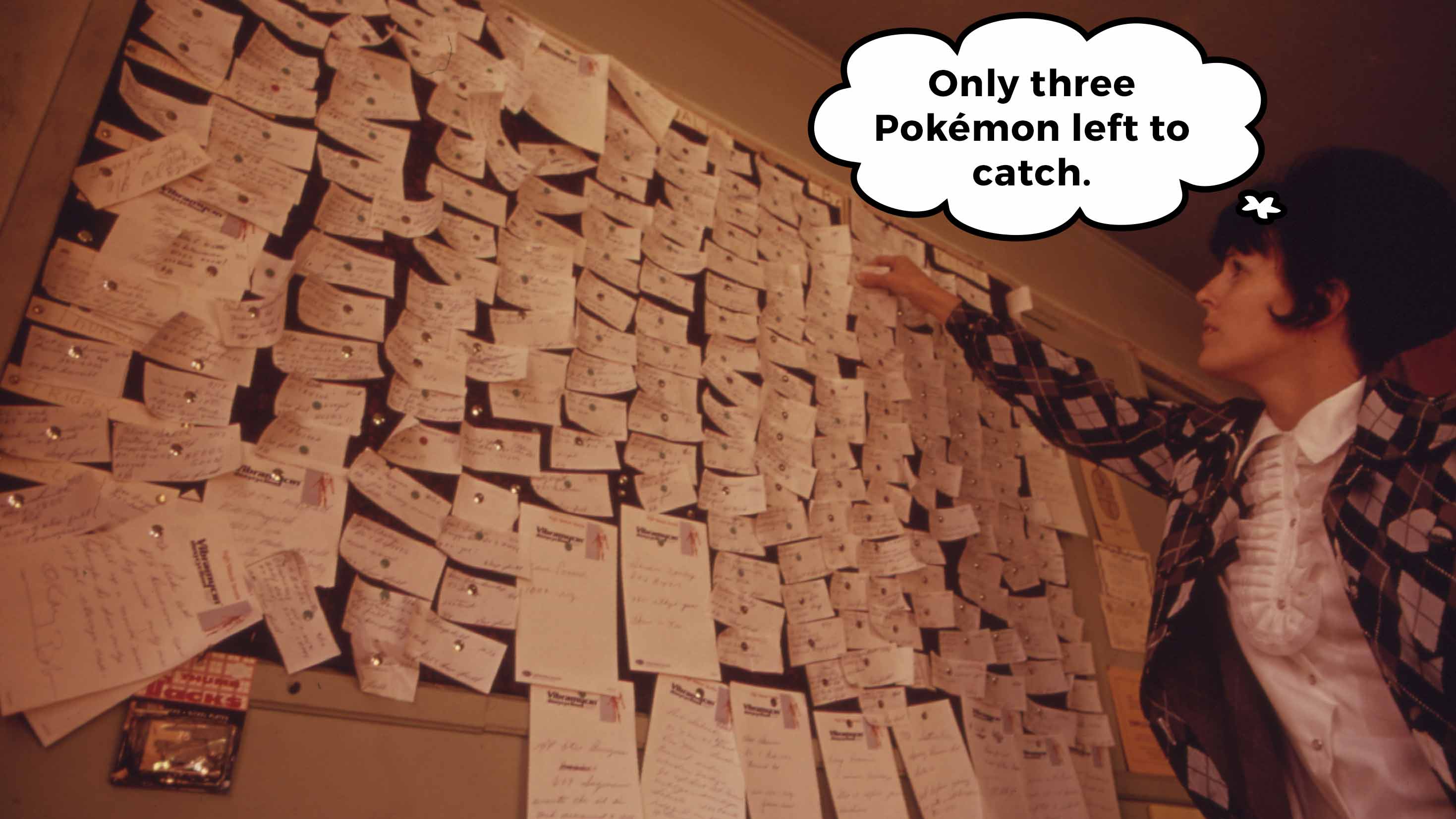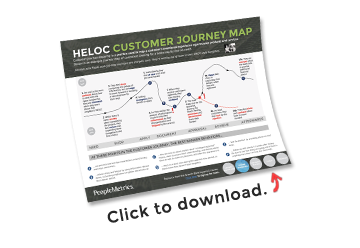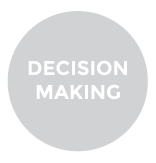Questions? Call us now at 215.979.8030
Over the last couple of years, our own Kate Feather has had the privilege of speaking at a number of banking and credit union events centered on customer experience. She likes to share a particular data point, as it never fails to stun the audience. It comes from our independent research, which found:
That is an incredible 50-point difference between how executives see their progress and the customers' actual experience.
It's evidence of our tendency to see things how we want to see them. While we may be convinced our target initiatives result in customers "Wow" experiences, we may in fact be delivering moments of "Woe."
The simple solution to combating this tendency is asking your customers to weigh in. If you want a deep level of understanding about your customers, you need to learn what elements of your experience are working for them and which still need improvement. In PeopleMetrics terminology, this is your customer "Wows and Woes" study. If you want to tackle this on your own, here is our basic process in ten steps:

Pro Tip: Make sure to include outcome questions, to enable you to measure results. That means you may want to include a Net Promoter Score prompt along with common, potential drivers of a great experience.
Pro Tip: You may wish to sample business and consumer customers separately (and even ask them different questions). In our experience, the needs and experiences of business banking customers can be quite different from those of consumers. That means you'll also have to decide how to treat customers who have both types of accounts.

Pro Tip: If insufficient emails are available, consider alternative means of gathering feedback – such as telephone surveying, mail surveys, or postcards to invite online feedback. Or you could undertake a concerted campaign in branches and the call center to increase your number of email addresses.
Pro Tip: While SurveyMonkey may be a viable option for your bank, working with a third-party vendor with proprietary survey software can convey professionalism to customers. Designed and branded surveys can also evoke faith in customers that their information will be treated with care.
Pro Tip: Don’t forget to let employees know the WIIFM ("What’s In It For Them") of customer feedback. By connecting your survey effort to their individual and departmental successes and goals, you will likely get greater cooperation—not only in encouraging survey responses but also acting on the results.

Pro Tip: Typically, you'll need to run your Wows and Woes survey for up to two weeks. Make sure to include a separate reminder to customers who have partially completed the survey, to encourage them to finish it. Also send a reminder to all customers who have not yet clicked on the link.
Pro Tip: Data cleaning is an important step in your data analysis process. You should look for outliers in the data set, as well as flat-liners – customers who have responded to all questions straight down the line. It is likely that they were not giving you honest or thoughtful feedback, which could skew your results.
Pro Tip: A regression analysis will help you to identify what really matters to your customers (i.e., key drivers). You'll get not just the areas of strength and weakness, but also their priorities for building a loyal, lasting relationship with your bank.
Pro Tip: Focus on your priorities (top key drivers) that are lower performing (woes) to help improve the experience you are delivering today.

Pro Tip: As much as possible, weave a story from your Wows and Woes data. Who are your key customers? What matters to them? What is working today? Where do you need to focus your improvement efforts? What is the anticipated return on an investment in creating higher levels of advocacy and loyalty?
Weaving the answers into a story can help your results resonate with leadership, and set you up for successful customer experience strategy.

Interested in seeing a sample of Wows and Woes survey questions? Then download our free survey sample below to get started.
If you'd like to talk more about our Wows and Woes study, or get more information about how we can help you in your customer experience strategy, then contact us.
Over 150 customer experience professionals completed a PeopleMetrics online assessment about the presence, or absence, of customer-centric practices in their organizations. In our blog, we commented on the slow progress revealed by the trends in this data, with few disciplines improving over time.
However, one exception to this stagnation in activities exists: the practice of customer journey mapping. On average, in 2014, one-third of participants (32%) said that their organization had practiced customer journey mapping as part of their customer experience improvement efforts. So far in 2015, the proportion of practitioners who say they are familiar with journey mapping has increased to nearly half (48%). That's a 50% growth in this activity in just a few short months.

If you've kept up with this series, you know that a common understanding of customer experience, your target customer segments or personas, and the vision for the experience you intend to deliver separates growth banks from non-growth banks. In the banking world, customer journey mapping is an important tool to help you better understand and get closer to your ideal customers.
So let's outline the basics of customer journey mapping – what it is, why it matters, and how to create journey maps in your own bank.
A customer journey map is a diagram that illustrates the physical and emotional steps customers go through when engaging with a company while pursuing a particular goal.
At PeopleMetrics, we strongly encourage our clients to think about the emotional side of the customer journey. After all, great customer experiences (and unfortunately terrible ones too) leave an emotional mark or memory. If you can understand how your customers are feeling at every step of the journey, you can find ways to remove or limit negative emotions and harness the power of the positive.
mark or memory. If you can understand how your customers are feeling at every step of the journey, you can find ways to remove or limit negative emotions and harness the power of the positive.
If you click on the image, you'll see a depiction of an emotional journey map PeopleMetrics created for a bank looking at the HELOC journey. It clearly depicts how a customer can move from excitement, confidence, and control to confusion, irritation, and embarrassment.
Journey mapping helps you develop empathy for customers so you can build a better experience for them. According to Jeanne Bliss in Chief Customer Officer 2.0:
“A journey framework even in its simplest form, when used with consistency, provides rigor to understand where the priorities in customers’ lives are. By using the journey to look comprehensively across what the company delivers, it enables leadership to make choices. This moves the work from “boiling the ocean,” trying to map and drive improvement on all the touchpoints, to focusing on those that matter most in the lives of customers.”
So, in nice and easy bullets, customer journey mapping brings:
f you are starting out with customer journey mapping, you should keep it simple and begin by naming the stages of the journey. Bliss emphasizes how it helps you to shift from “independent silo activities to understanding the complete experiences or objectives that customers are trying to achieve as a result of their interactions with you.”
Simply put, it helps you approach things from the customer perspective.

Once you have the stages named from the customer’s point of view—not the business's—you can move into identifying your top touchpoints. This prioritization is often best done with input from employees across the business.
In our experience helping banking clients build their journey maps, we’ve collected a few battle scars. Here are our lessons learned, so you can avoid mistakes:
If you're interested in more information about customer journey mapping, download our free ebook by clicking on the button below.
In the next installment, we'll cover how to make better decisions to improve customer experience. We'll see you then. And as always, if you need us to clarify anything, or just want to chat, feel free to contact us. We'd be thrilled to hear from you.


